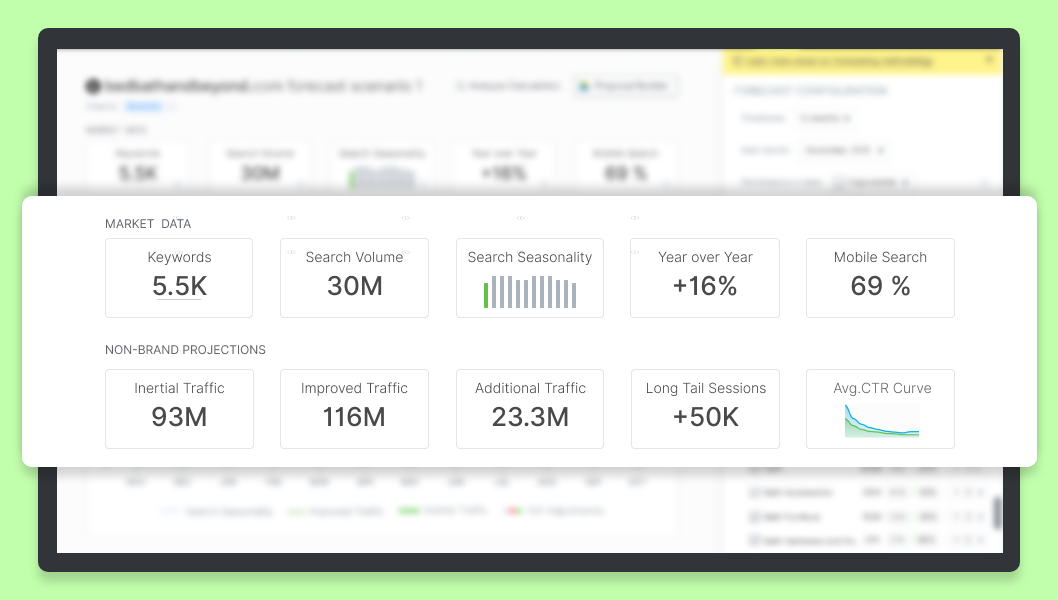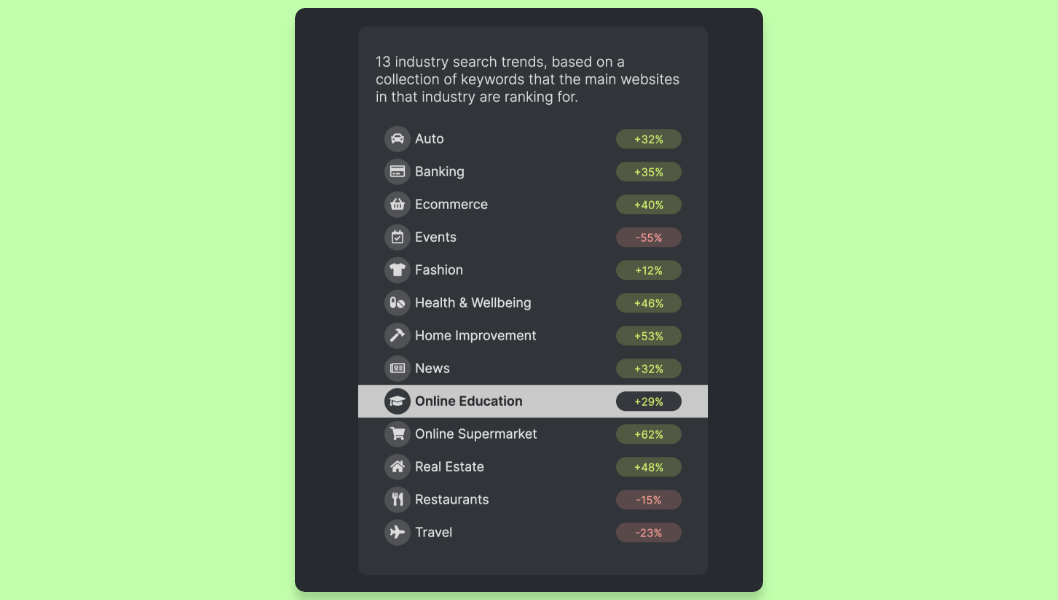Many metaphors and comparisons have shaped the agency-client relationship, but the marriage analogy remains the most persistent. From the onboarding-honeymoon phase to the anniversary one, and all through the dreaded divorce, there is no step left unreferenced.
And as with any good marriage, being picky is crucial.
But how do you define what to be picky about?
Prequalifying leads might seem like a never-ending dating phase. There are so many things to take into account and no clear answer yet. Plus, you need to put a lot of time into it. And maybe that client will prove alright, eventually, so why not jump straight to the task at hand?
A straightforward solution is looking into your agency’s past at misaligned clients and remembering what they cost you – resources, hours, emotional energy, team motivation, or something else.
If you could avoid that situation happening again, your business would gain more than it would lose.
That’s why saying no is hard but necessary.
Once you start analyzing what went wrong with your past clients, you’ll be able to understand the components that make for a successful partnership.
There are many ways to qualify a lead, so you need to find the ones that are right for you.
Based on Budgets & Resources
One important question you need to ask yourself from the start is: “Is the budget right for us, or would they be more suited to a different agency?”
As Gareth Morgan, the founder of Liberty Marketing, puts it, there are minimum operating fees for every agency, and the client has to be at the point where the budget suits the need and can afford the level of growth that they are after.
“What are their resources?” is another critical follow-up question, says Morgan, as the client should be able to support their side of the partnership with various internal resources such as content writers, technical specialists to make website changes, provision of data, etc.
There are several routes you can explore to pinpoint those aspects of your potential client’s business:
- A prequalifying questionnaire as a reply to their inquiry, including questions regarding their team, desired time frame, and available budget.
- In-depth research of the client’s business and industry to assess their growth stage. Look at their financial status, ask your network to assess the client’s stakeholders if possible, determine what their customers say about them, use search data to evaluate their industry’s current growth potential, etc.
- An analysis of their social media presence and website can also uncover clues. However, it can be misleading so tread carefully there, because sometimes websites don’t paint an accurate picture of the business status, as Edward Coram James, CEO of Go Up says.
Once you start analyzing what went wrong with your past clients, you’ll get to understand the components that make for a successful partnership.
Based on Verticals
Your agency’s positioning will be closely tied to the verticals you serve.
If you’re only focusing on a specific size of business (SMEs or enterprise) or a particular industry (e.g. lawyers, dentists, car dealerships), this variable is already accounted for.
But if a vertical specificity emerges naturally from your client portfolio, you may want to reassess your services. For instance, Liberty just created Foundation, a spin-off digital performance agency focusing on beauty brands, due to their fast growth in this period.
Or perhaps you want to generate new business in line with industry trends, so you only focus on the exploding companies and their offer requests:
- You can assess that, once more, through YoY search trends and evaluate their growth rate.
- You can research investment trends, VC funds, and their portfolios, the find useful insights about potential leads.
Pay attention to the lead’s positioning, as well. As Go Up’s CEO highlights, if a “jack-of-all-trades” kind of business comes along wanting to play in the specialists’ space, then it’s a no-go from the start.
Based on the SEO Opportunity
Is it a realistic business case?
This is another key and tricky question to ask yourself. The answer relies on your SEO research insights and the accuracy of the data you’re working with.
Edward Coram James talks about the “viability test” through a forecasting tool that lets you gauge the business objective’s overall potential and SEO as the right marketing channel. “That keeps us honest as an agency and lets us reverse engineer the project, so we’re secure that the lead’s investment is on the right track,” James adds.
By looking at your targeted keywords list and the variables that influence them – from search volumes, their YoY trends, through to seasonality, SERP features, device split, and CTR curves – you can model scenarios and evaluate the difficulty of that objective.

Of course, an established fashion brand will have high search volumes and large margins, so the agency knows it’s worth taking the project without any forecast. But for a niche business such as software automation or cryptocurrency, crunching the numbers and evaluating potential additional traffic and conversions (if certain ranks are reached) will give the agency a realistic sense for that lead’s possible success.
If it’s a matter of 3-4 years before the lead’s business reaches that point, you’ll have to evaluate their willingness and patience to jump on that project with you, as James concludes.
Based on Your Agency’s Culture
It is probably not the first thing that comes to mind when talking about qualifying a client, but certainly one of the crucial aspects of keeping the relationship happy and long-term is this: is it a cultural fit between your agency and that lead?
Gareth Morgan of Liberty Marketing calls it the attitude and ambition point. The agency evaluates the communication and growth potential of that relationship:
- Can you work together for many years to come?
- Can you build a relationship with them?
- Do they trust you to experiment and take calculated risks for their projects?
This point is further echoed by Go Up’s CEO, who underlines that you can tell a lot about a lead from the first email request about their willingness to be transparent, do a follow-up call, and so on. If they just want a price offer without any other contact, then it’s clear that something is missing. That’s why the agency always does a culture-fit call first before jumping to business objectives and profiling.
Plus, there may be industries you don’t want to get into or industries you want to focus all your attention on. For Go Up, it’s all about their clients being ethical businesses. For IO, it’s large-scale, international brands only. For Climb Online, it’s a shared entrepreneurial mindset first.
Based on Your Agency’s Growth Objectives
One final, major point we’re tackling here is the convergence of your agency’s growth strategy and the lead’s business model and market position.
Is there potential for growing the initial project’s scope and getting more business from that lead in the future? Is there potential to further your agency’s expertise and education through this lead?
You should think about the many avenues you can grow together, whether through innovation or increasing a specific market share. Gareth Morgan wants to make sure that their agency is at the forefront of their industry, so they’ve created a Head of Innovation role to oversee their data analytics capabilities and then look at other services to make sure they are all one step ahead. That will shape their client portfolio as well.
Another approach is aiming for established brands, which implies scaling the agency’s business development or sales team. Go Up is currently in this process, targeting big names to add to their portfolio while also reaffirming their positioning as a leading SEO agency.
In a Nutshell
Choosing the right clients for your SEO agency is crucial for the long-term growth of your business. Even if, at times, it might feel like you’re missing out or that you should compromise, always bear in mind past faulty clients/projects and what they cost you.
There are various ways to approach this qualifying process, but some of the key points to look at are:
- Budget and resources: Is the client able to afford the agency’s services?
- The business vertical: Is it an industry you have expertise in? Is it a growing market?
- The SEO opportunity: Is it a realistic business case?
- The agency’s culture: Is it a good fit in terms of attitude, mentality, communication?
- The agency’s growth objectives: Is there potential to expand the collaboration or to garner prestige?
SEOmonitor’s forecasting module can help you spot SEO opportunities and calculate the potential of a business case. You can model various scenarios, looking at best or moderate growth projections while evaluating the future SEO campaign’s difficulty.
SEO Forecasting is just one of the many solutions we’ve developed to help agencies acquire, manage, and retain more customers.
Join us in our journey to bring more transparency to the SEO industry.
Discover the potential of a
business case with a reliable forecasting scenario
The opinions expressed in this article are the sponsor's own.




